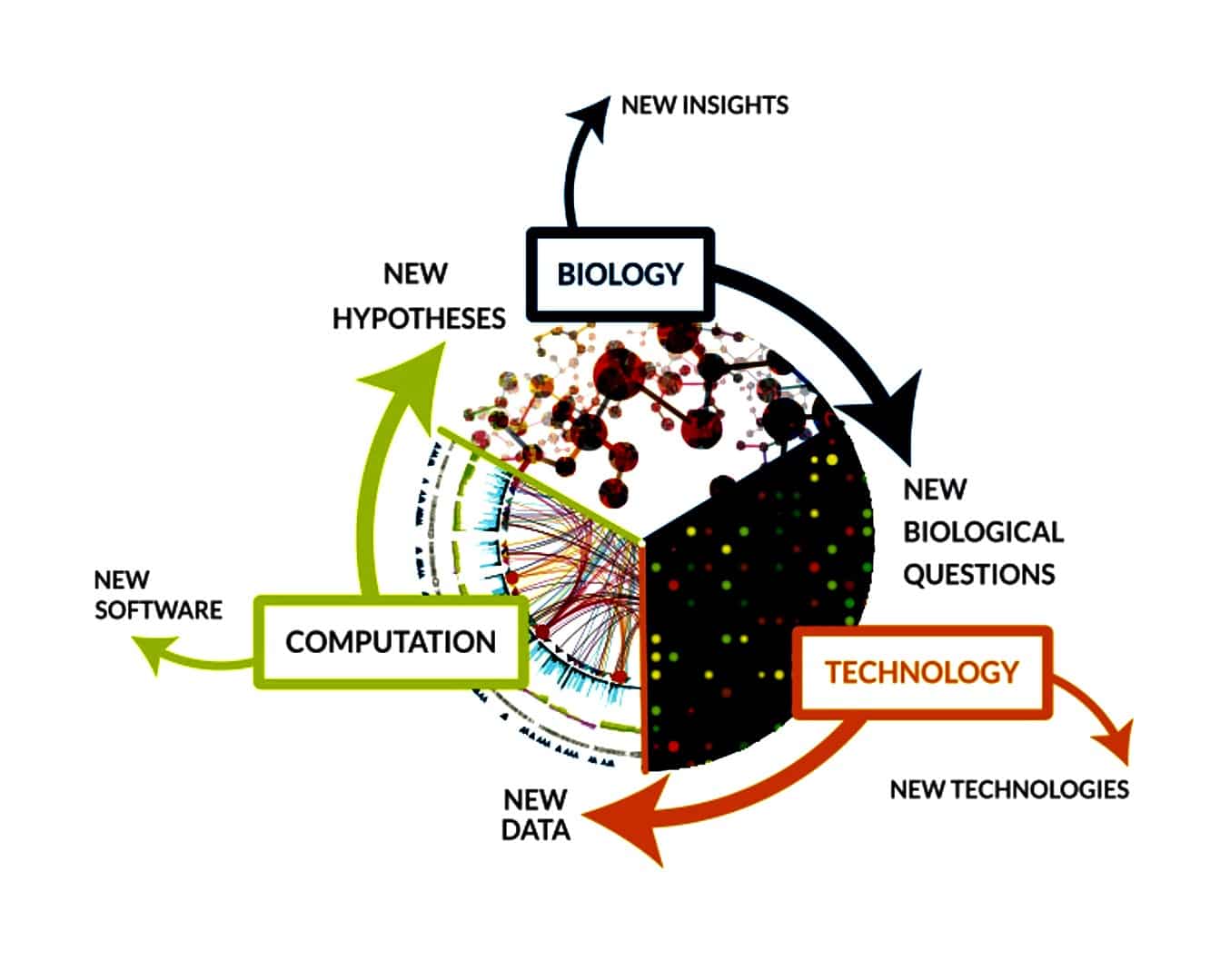Computational model is a mathematical construct used to simulate or predict the behavior of a system. It is used for understanding and analyzing a system to better understand real-world systems and for prediction and decision-making tasks. Computational models are developed through the study of a real-world system, its properties, and behavior. The model may be an abstract representation or an actual physical device.
The basic components of a computational model include inputs or drivers, a processes, and an output. Inputs are the factors that affect the process within a system. The process is a set of mathematical equations that define how the system behaves. Finally, the output is the result of the computation of the process.
Computational models may be used to explore and analyze a system’s behavior, to make predictions, and to understand the effects of different actions. Some models are used to simulate the behavior of systems in a laboratory setting or on a computer. Other models are used in applications such as engineering, economics, robotics, cybersecurity, and artificial intelligence.
Computational models can be designed using a variety of tools including computer programs, computer simulations, and models created with physical components. By testing a model, data can be gathered which can be used to modify and improve the model. The design of computational models is often an iterative and experimental process.
Computational models are sometimes used to ‘solve’ complex problems. The model provides an approximated approach to solve the problem. This has many applications in the field of computer science, such as artificial intelligence, machine learning, planning, and decision-making.






